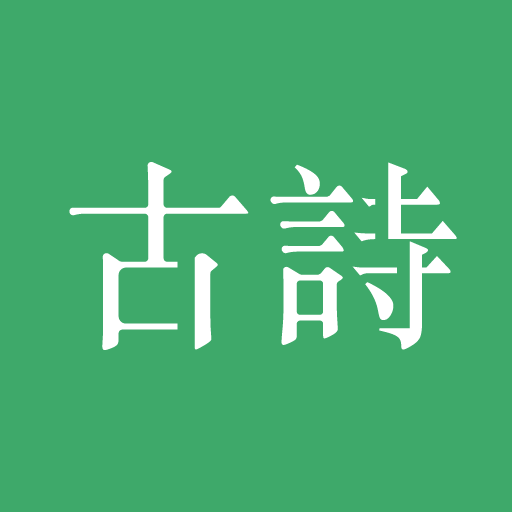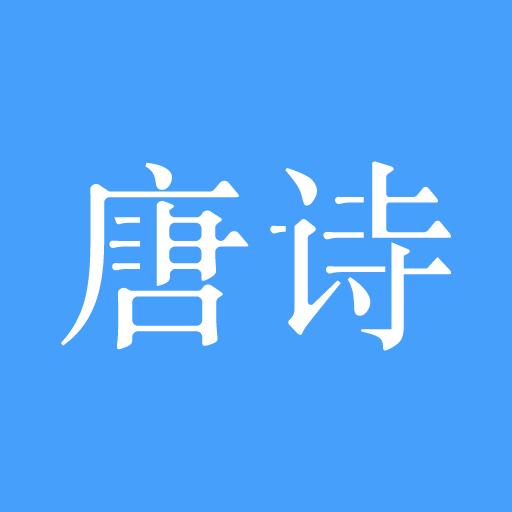Three Hundred Ancient Poems contains nearly 300 classic ancient poems, and selects and compiles about 300 poems by nearly 200 poets from ancient times to the late Qing Dynasty for more than 2,000 years


| Name | 古詩三百首 |
|---|---|
| Publisher | cpp |
| Genre | Education |
| Size | 15MB |
| Version | 8.5.6 |
| Update | March 4, 2025 |
| Get it On | Play Store |
| Report | Report Apps |
Preview
Exploring the Timeless Beauty of 古詩三百首 (Three Hundred Ancient Poems)
Ancient Chinese poetry holds an unparalleled charm, capturing timeless emotions and philosophies through carefully chosen words and vivid imagery. Among the many collections that celebrate this literary legacy, 古詩三百首 (Three Hundred Ancient Poems) stands out as a cultural treasure. This anthology, spanning over 2,000 years, continues to enchant readers with its concise beauty and profound insights into human nature.
Whether you’re a literature enthusiast, a student of classical Chinese culture, or someone curious about the depth of Chinese poetry, this guide explores the unique significance of 古詩三百首, its themes, influence, and how you can better appreciate this timeless collection.
The Significance and Historical Context of 古詩三百首
Compiled during the Qing Dynasty by scholar Sun Zhu, 古詩三百首 selects nearly 300 poems written by approximately 200 poets from ancient times to the late Qing Dynasty. The concept was simple yet impactful—gather a curated set of poems that encapsulate China’s poetic essence while making it accessible to readers across generations.
Sun Zhu structured his compilation intending it to serve as an educational handbook. It aimed to popularize the best examples of classical Chinese poetry among the general public while preserving cultural heritage. These poems reflect various societal and personal experiences, offering an intimate glimpse into ancient China’s history, emotions, and philosophical musings.
古詩三百首 remains a monumental literary achievement because it perfectly balances artistry, cultural representation, and accessibility—traits that make it as relevant today as it was centuries ago.
Key Themes Explored in 古詩三百首
The collection addresses universal themes that transcend time and culture, resonating deeply even with modern audiences. Here are four key themes often explored:
1. Love and Longing
Romantic feelings and wistful yearning appear frequently in ancient poems. Works like “Song of Everlasting Regret” (長恨歌) reflect the delicate yet profound emotions tied to love, devotion, and heartbreak. These pieces convey tender yet melancholic sentiments, often enhanced by the exquisite rhythm of classical Chinese poetry.
2. The Majesty of Nature
Nature serves as both a backdrop and central character in many poems. Richly descriptive imagery of mountains, rivers, and seasons often serves as a metaphor for life’s complexities. Take, for example, 王維 (Wang Wei)’s “Deer Enclosure” (鹿柴), where simplicity in natural observations unveils deeper philosophical truths.
3. The Agony of War
The turbulence of ancient China often found poetic expression. Through 古詩三百首, readers can encounter evocative portrayals of war’s impact—on individuals, families, and entire societies. Du Fu’s “Spring View” (春望) poignantly reflects the emotional toll wartime separation and destruction inflicted.
4. Reflections on Life and Mortality
Themes of impermanence and introspection frequently appear, inviting the reader to ponder life’s fleeting nature. Poets like Li Bai encapsulate this idea beautifully, presenting both the joy of being alive and the sorrow of passing time. His works, such as “Drinking Alone Under the Moon” (月下獨酌), teem with existential musings expressed through lyrical brilliance.
Analysis of Famous Poems in 古詩三百首
To thoroughly appreciate 古詩三百首, it’s worth exploring a few standout works. Here are some celebrated examples:
“Quiet Night Thoughts” (靜夜思) by 李白 (Li Bai)
Arguably one of the most famous Chinese poems, Li Bai’s Quiet Night Thoughts evokes a sense of longing and homesickness through simple yet moving language. The vivid imagery of moonlight and frost creates a timeless connection, resonating with anyone who has experienced solitude.
“Spring Morning” (春曉) by 孟浩然 (Meng Haoran)
Meng Haoran’s Spring Morning captures the gentle beauty of nature awakening after a long night. Its simplicity and focus on the renewal of spring provide readers with a sense of tranquility and hope.
“The River Surges East” (長歌行) (Anonymous)
This melancholic yet reflective poem contemplates the relentless passage of time, using the metaphor of flowing water to symbolize the inevitability of life’s changes. Its poetic sentiment has inspired countless writers and continues to resonate with modern audiences.
Influence on Later Literature
The influence of 古詩三百首 extends far beyond its original era. For centuries, it has served as an educational foundation for Chinese poetry, influencing aspiring poets and writers alike. Its emphasis on concise language and layered meanings helped shape the style and evolution of classical Chinese literature.
The themes and styles popularized in 古詩三百首 also permeate modern literature, art, and even pop culture. You’ll find references to these ancient poems in everything from contemporary short stories to Chinese drama series. Poetic traditions that originated from collections like 古詩三百首 continue to inspire creative expression around the world.
Tips for Modern Readers to Appreciate 古詩三百首
Engaging with 古詩三百首 as a modern reader can feel challenging at first, but with the right approach, its beauty and meaning come alive. Here are a few tips to deepen your appreciation:
- Start with Annotations and Translations
- Detailed annotations and accurate translations can help bridge the gap between ancient and modern language. They provide background, explain cultural nuances, and clarify wordplay or metaphors that could otherwise be misunderstood.
- Understand the Context
- Learning about the historical and cultural climate in which a poem was written can significantly enhance your understanding of its themes. Consider investing time in learning the basics of Chinese history if you aren’t already familiar.
- Focus on Key Poems
- You don’t need to tackle the entire 古詩三百首 in one go. Start with famous works by renowned poets like Li Bai, Du Fu, and Wang Wei. Familiarizing yourself with their signature styles can help you appreciate less familiar names.
- Practice Recitation
- Classical Chinese poetry is meant to be experienced aloud. Try reciting poems to connect with their rhythm and tone—this practice adds a layer of emotionality often lost through silent reading alone.
- Use Modern Tools
- Leverage digital platforms or apps like the Three Hundred Ancient Poems app, which includes offline access, detailed commentary, and a precise search engine. These features make it easier to explore and engage with the collection anytime, anywhere.
- Engage with a Community
- Join forums or local interest groups dedicated to Chinese poetry. Sharing interpretations and insights can provide you with fresh perspectives while building connections with like-minded individuals.
Why 古詩三百首 Still Matters Today
The enduring appeal of 古詩三百首 lies in its ability to connect readers across centuries, transcending boundaries of time, language, and even geography. This collection captures the beauty of human emotions, the complexities of history, and the profundity of philosophical thought in a way that remains deeply relevant to contemporary readers.
Whether you’re exploring it out of curiosity, for cultural enrichment, or as an inspiration source, 古詩三百首 is a literary gem that warrants your time and attention.
Looking to explore this collection in greater depth? Download the Three Hundred Ancient Poems app to access curated selections, annotations, and tools to enhance your reading and recitation experience. Enhance your understanding of Chinese classical culture today!
Download 古詩三百首
You are now ready to download 古詩三百首 for free. Here are some notes:
- Please check our installation guide.
- To check the CPU and GPU of Android device, please use CPU-Z app



















